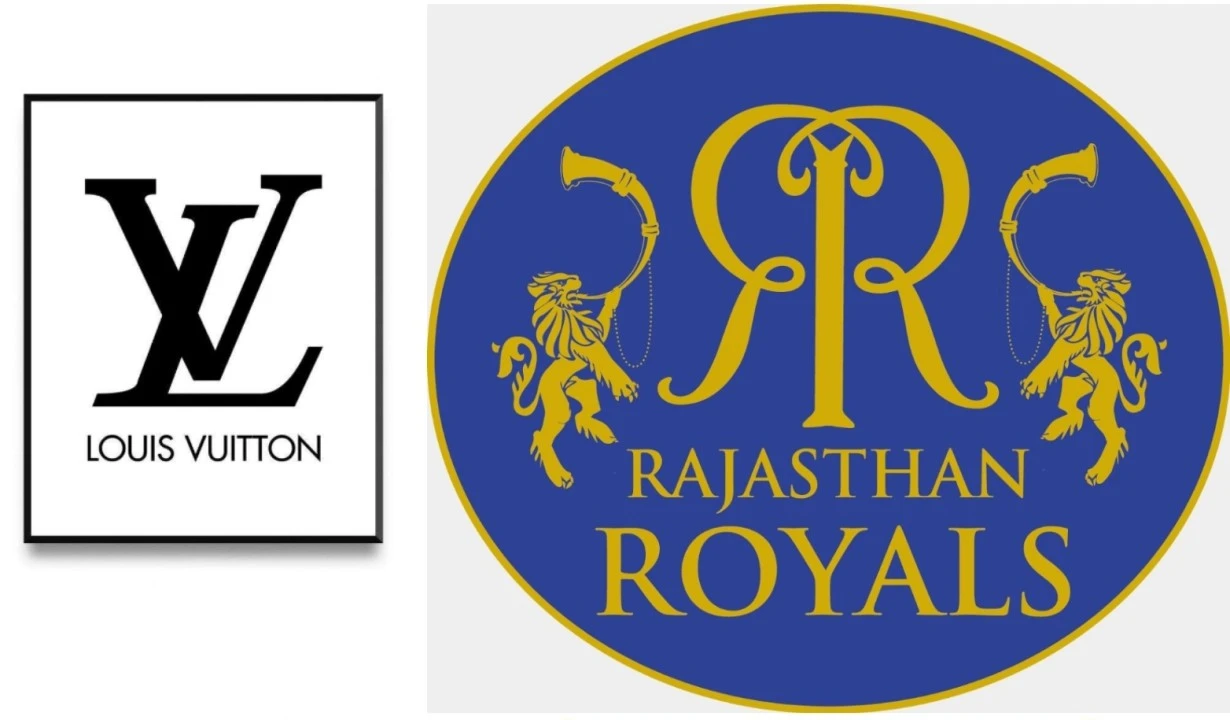The project that didn’t happen (and should have): Louis Vuitton and the Rajasthan Royals
The project that didn't happen (and should have): Louis Vuitton and the Rajasthan Royals

In 2012, we were appointed by the Rajasthan Royals IPL Franchise to source sponsorship for them. Rather than follow a shotgun approach to this task, we decided to focus on the luxury industry and made this specific pitch to Louis Vuitton, which at that time were expanding their retail footprint across India’s metros. This was part of their then global strategy to target growth in Asian markets so as to offset sales losses in their traditional US and Europe markets.
The basis of our pitch to Louis Vuitton, was rather than increasing the number of their brick and mortar stores in the metros, Louis Vuitton should look beyond the metros to Tier 1 and Tier 2 towns where there was and is a strong latent demand for their products.
The Indian Premier League (IPL)
1. The IPL was and is India’s No.1 brand, valued at that time in 2012 at US$3.5 Billion with a committed TV audience of over 150 million people, throughout India and the cricketing diaspora abroad.
2. The interesting thing about the IPL TV audience, is that it has a large component of committed female viewers, who do not otherwise follow cricket at all.
3. The IPL reaches out and into the whole of India, far beyond the metros (where it is fanatically followed too).
4. It also brings together the cricketing and film industry under one platform. Cricketers and Film Stars are the 2 major role models and style opinion influencers in India, across all markets, metro and interior.
The Smaller Town Luxury Brand Consumer
There are 2 main types of consumers for luxury brands in the smaller towns
1. The traditional consumer, who purchases these brands in the metros and on visits abroad and
2. The first time consumer, who has the cash and the intention to spend it but in the absence of grooming in style and sophistication, needs guidance on what to spend it on.
3. What these two types of consumers have in common, is that they see luxury brands as a stamp of sophistication and an entry ticket to the upper echelons of society.
4. Focussing only on metro retailing, is a messy incomplete solution to selling luxury brands to the small town consumer, as the purchaser tends not to be the end consumer. A typical such purchase would be made by a spouse on a business trip with very tight schedules and so would not be what the ultimate consumer, namely his/her partner, wants in style, colour, fit etc.
5. The strategy we had envisaged for Louis Vuitton was to do trunk shows in Tier 1 and Tier 2 towns, supported by Shilpa Shetty and the international cricketing stars of the Rajasthan Royals.
Traditional Thinking Vs Modern Lateral Thinking
This proposal of ours was rejected by Louis Vuitton on 2 grounds.
1. That cricket was too “mass” for a luxury brand like Louis Vuitton and
2. Louis Vuitton does not do trunk shows.
As mentioned earlier in this note, cricketers and film stars are the style icons of this generation. Their choice of brands and personal styling is copied across the country, especially in the smaller towns. Secondly with the purchasing power and affluence of the smaller towns, wasteful spillage is a myth.
On the issue of Louis Vuitton not doing trunk shows, I understand that these decisions are taken globally and each individual country office is not in a position to flout that. However it is hard to argue against going to your end customer as against sitting in your solitary metro store and waiting for your customer to come to you.
Conclusion
The Rajasthan Royals, connote luxury both with their name and the rich history of Rajasthan. Rajasthan is also part of India’s Golden Triangle of tourism, encompassing Delhi, Agra and Rajasthan which again would have been the ideal fit for a travel trunks, leather goods, ready-to-wear, shoes, watches, jewellery, accessories, sunglasses and books brand like Louis Vuitton.
Successful marketers need to look beyond the obvious and augment the inefficiencies of their traditional marketing strategies to adapt and innovate to serve the needs of their contemporary customers.
The bottom line in this particular case is that today in 2019, LV is back to only 3 stores across the whole of India, in Delhi, Mumbai and Bengaluru, which cannot even pretend to cater to the latent demand for LV products across India.
Louis Vuitton has now started internet sales in some markets but that has yet to reach India yet. Good luck to them on that but to expect a potential customer to spend large sums of money on LV products without the ability to experience the product in question first hand, is a reach. With luxury goods, the purchase experience is an important part of the joy of ownership. To buy your LV product while discussing it and socialising with Shilpa Shetty first, definitely beats dropping a large amount of money with a single click, sitting at home on your PC or phone and having it arrive later, wrapped in corrugated board.
Maybe one day, they will see that there is an identical latent demand for LV products across India, in towns that do not and never will have LV Stores.
And this demand is huge.
- Obtaining for ITC in 1992, a 3 year contract with the BCCI (Board of Control for Cricket in India) as the Official Sponsor of the Indian Cricket Team.
- Organising for the first and only time in India, The World Cup Badminton Championship in 1993.
- Successfully obtaining a sponsorship commitment worth US$1,00,000/- from Air India for the World Cup Badminton in 1993 to act as official carriers to the event.
- Independently conceptualising and successfully launching, India's premier professional golf circuit - "The Classic Tour", in 1993.
- Creating and establishing "The Scissors Cup" - India's highest prize money football tournament, in 1993
- Obtaining for the company, a sponsorship agreement with Indian Airlines as "The Official Carrier to the Scissors Cup" in 1994. This was the first ever-commercial sponsorship committed by Indian Airlines to a sports event.
- Conceiving the idea to bring top level men's professional tennis to India with an ATP Tour event to be known as the Gold Flake Open and commencing negotiations with IMG Hong Kong, on ITC Ltd.'s behalf in this regard. This tournament remains today, the biggest annual tennis event in India and is known as the Chennai Open.
Photography
Separated they live in Bookmarksgrove right at the coast of the Semantics, a large language ocean.
Videography
Separated they live in Bookmarksgrove right at the coast of the Semantics, a large language ocean.
81%Skill Bar One
66%Skill Bar Two
55%Skill Bar Three
81%Skill Bar Four




People Say
Discover Why
When, while the lovely valley teems with vapour around me, and the meridian sun strikes the upper surface of the impenetrable foliage of my trees.

The energy of the mind is the essence of life.

Somewhere, something incredible is waiting to be known.

The noblest pleasure is the joy of understanding.
Creative Solutions
When, while the lovely valley teems with vapour around me, and the meridian sun strikes the upper surface of the impenetrable foliage of my trees.

Designed & Maintained by Team Mango Media.
